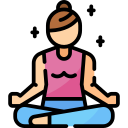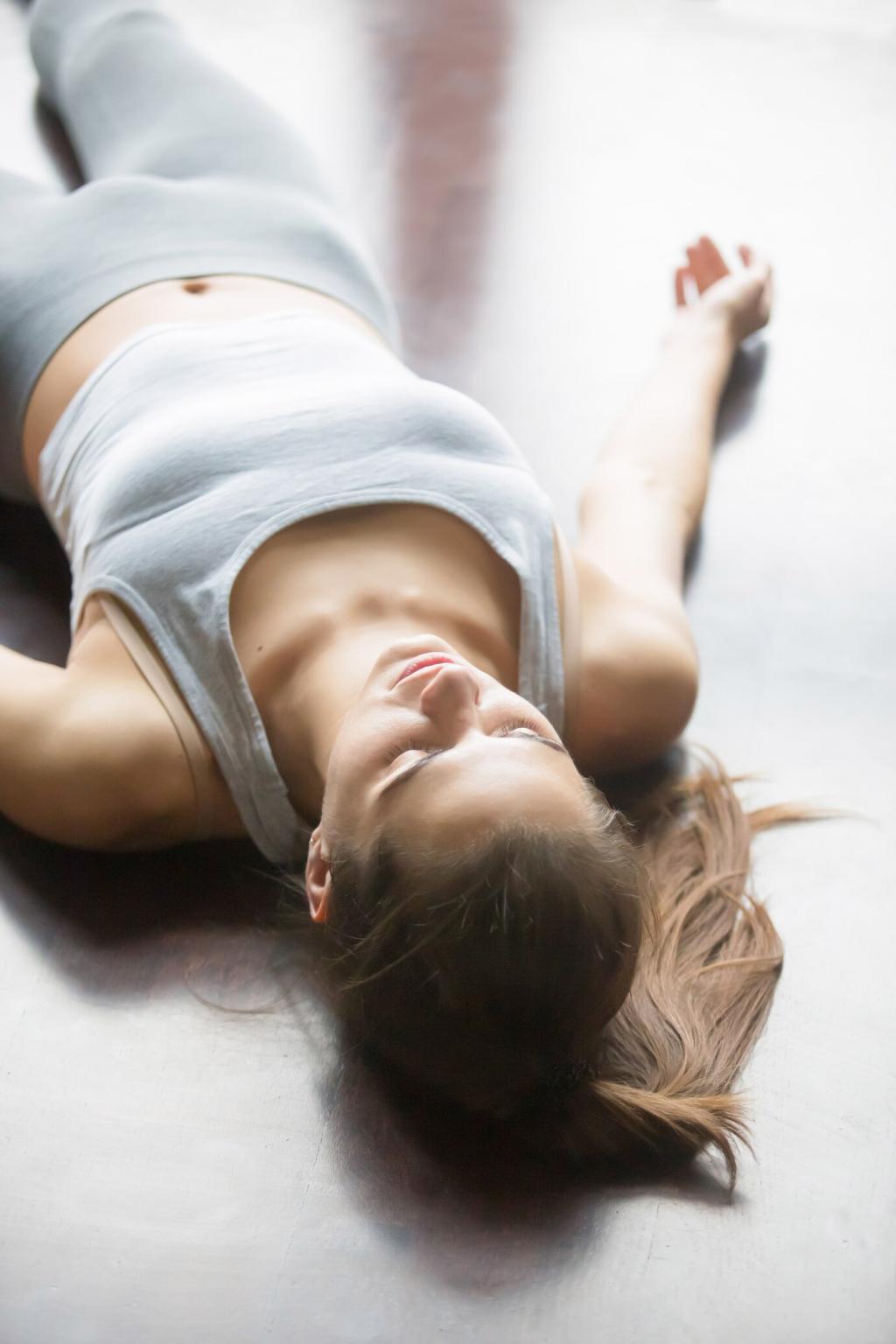
Introductory Yoga for Stress‑Free Living
Today’s theme: Introductory Yoga for Stress‑Free Living. Take a calming breath, soften your shoulders, and step into a welcoming space where beginners thrive, pressure fades, and steady, compassionate practice becomes your daily anchor.
Why Gentle Beginnings Matter
Starting gently signals safety to your body and mind, easing resistance and building real consistency. When effort feels kind, stress softens, posture improves, and your breath naturally deepens without strain or guilt.
Your First Week Roadmap
Begin with five to ten minutes daily: simple breathing, two beginner poses, and a brief moment of stillness. Track what feels good, not perfection, and adjust kindly as your energy and schedule change.
Set an Intention, Not a Deadline
Choose a simple intention like “I practice to feel calmer by evening.” Let it guide your sessions. When motivation fades, return to that intention, breathe, and take just one gentle step forward.
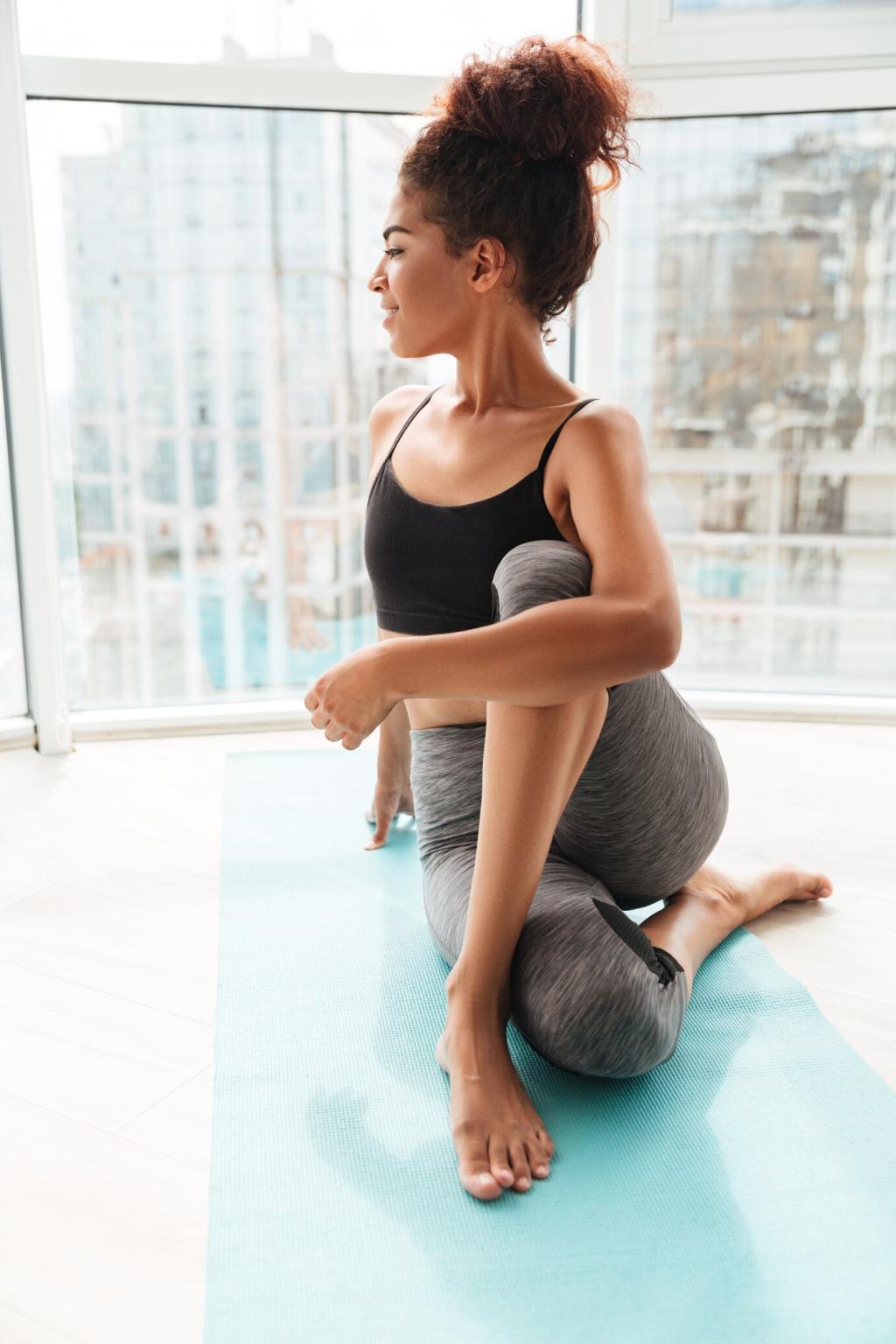
Breath Before Stretch: Calming the Nervous System
Longer exhales stimulate the parasympathetic response, encouraging the body to unwind. Try inhaling for four counts and exhaling for six. Notice your jaw release, shoulders melt, and attention returning home.
Breath Before Stretch: Calming the Nervous System
Inhale for four, hold for four, exhale for four, hold for four. Repeat gently. This rhythmic pattern steadies anxious thoughts and creates a reliable anchor when life feels hurried or loud.

Child’s Pose with Support
Knees wide, big toes together, belly resting on stacked pillows or a folded blanket. Breathe into your back ribs. With each exhale, invite your forehead and hips to soften more deeply.
Standing Forward Fold at the Wall
Hinge at your hips and place hands on the wall or a chair. Bend knees generously. Let the head feel heavy, like a pendulum, releasing neck tension without tugging or straining the back.
Legs Up the Wall for Evening Calm
Scoot your hips near a wall, extend legs upward, and relax for five minutes. This gentle inversion soothes tired feet, quiets the mind, and prepares your body for restful, unhurried sleep.
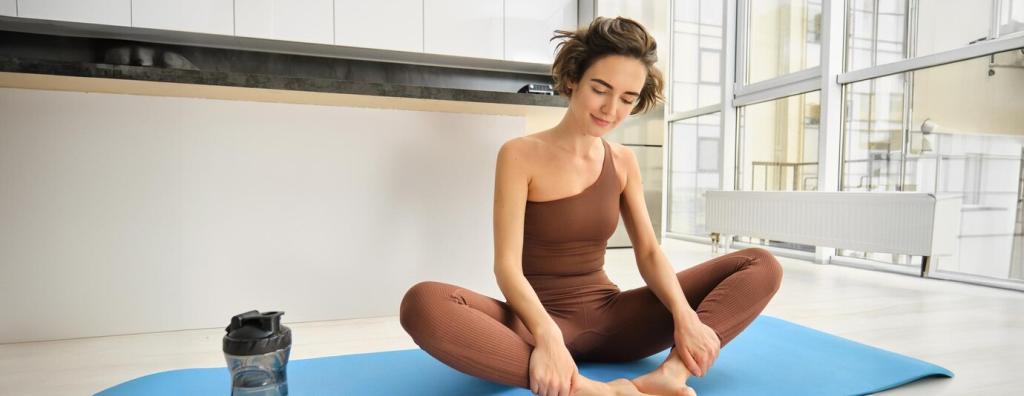
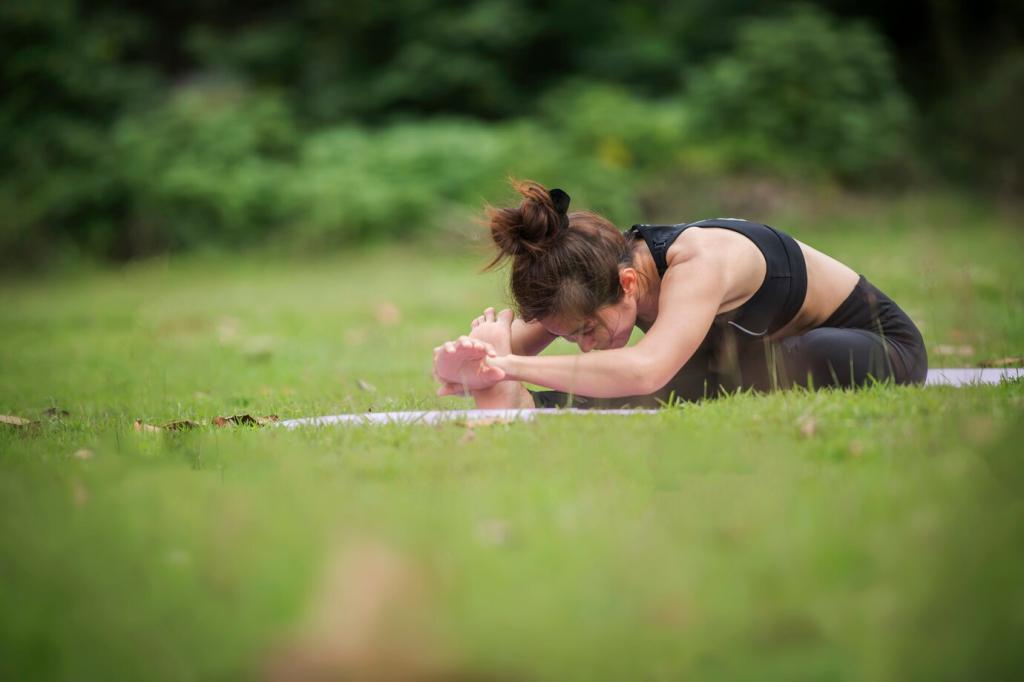
Micro‑Practices for Busy Schedules
Sit tall, inhale and lift your arms, exhale and twist gently. Roll your shoulders, stretch forearms, and soften your eyes. Three minutes resets posture, energy, and attention for the next task.
Micro‑Practices for Busy Schedules
Press play on one favorite calm track. Cycle Cat‑Cow, Forward Fold, and Mountain Pose with slow breaths. When the song ends, notice softer edges, clearer thoughts, and renewed willingness to continue.
Stories and Science: Motivation You Can Feel
A Beginner’s Story: Maya’s Three‑Week Shift
Maya started with five minutes nightly, often in pajamas beside her bed. By week three, she noticed fewer 3 a.m. wakeups and calmer commutes. Small, consistent kindness changed everything quietly.
What Research Says About Stress
Studies link mindful movement and breathwork with lower perceived stress, improved sleep, and reduced rumination. You do not need advanced poses—introductory practices already benefit mood, focus, and resilience meaningfully.
Track Your Calm, Not Your Calories
Jot a daily note: breath depth, shoulders relaxed, sleep quality, or moments you paused before reacting. These gentle metrics celebrate progress that actually matters for stress‑free living and sustained wellbeing.
Build Your Consistent, Compassionate Habit
Lay out a mat, a soft blanket, and a supportive pillow. Add warm light and a cue like a candle. When your space feels inviting, practice happens with far less negotiation or delay.
Attach five calming minutes to something you already do—after brushing teeth, making coffee, or shutting your laptop. Habit stacking transforms intention into automatic, steady action without extra willpower.
Share your first‑week experience in the comments, ask questions, or request a guided mini‑class. Subscribe for beginner‑friendly sequences, breath tutorials, and supportive stories shaped around stress‑free living every week.
